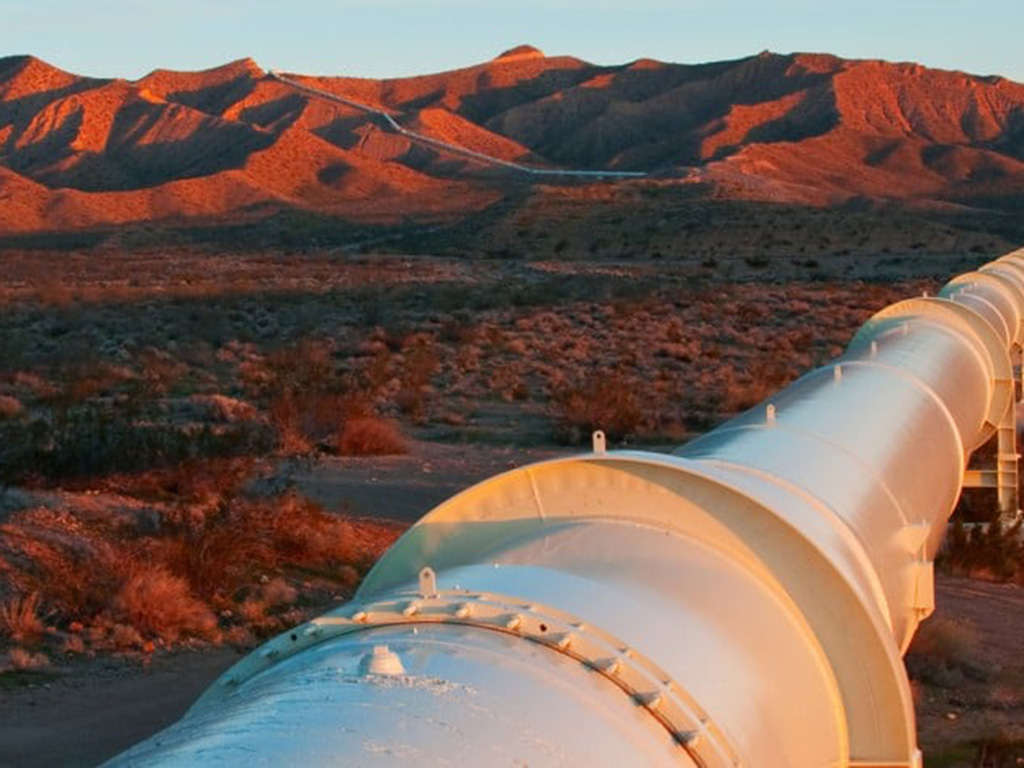Reliable,
real-time surveillance of operations
Inmarsat's BGAN M2M and IsatData
Pro (IDP) services provide low-cost solutions to support real-time
applications, offering a scalable solution for smart metering, SCADA, remote asset
monitoring and environmental data reporting.
Running on our
ultra-reliable ELERA L-band satellite network, which offers up to 99.9%
uptime, these solutions ensure important infrastructure assets located in the
remotest places around the world can be monitored and controlled. This means
businesses can be confident that their infrastructure and operations are
operating with maximum efficiency.
Customer
challenge
As part of the oil and gas industry’s
drive to reduce costs, improve safety, increase production and drive
efficiency, pipeline monitoring is key to ensuring the smooth flow of product
to its destination. Strict regulatory requirements and the vast distances
pipelines traverse, make pipeline monitoring essential for maintaining
operational and lone worker safety throughout these locations, as well as to
respond quickly and accurately to any damage or leakages.
To have this impact though, reliable
connectivity is vital. As pipelines can run great distances along inhospitable
terrain, not only are they often badly served by cellular services, but they
are difficult to monitor manually.;
This challenge can seem a daunting one
to overcome, with the cost of building infrastructure to support cellular
connectivity (or any other form of terrestrial communications) along the length
of a pipeline being prohibitively costly. Manually monitoring these pipelines
requires constant costly and dangerous travel for engineers to assess conditions
and performance, which is often unfeasible. Both options are inefficient
and high-risk for employees, and the periods between maintenance visits could
leave the pipeline exposed to unplanned outages, costly downtime and potential
damage if a problem occurs and operation is sub-optimal.
Fortunately, energy providers can use satellite
connectivity to close such gaps, unlocking the valuable operational insights
they can gain from careful pipeline monitoring to minimise unexpected downtime
and avoid associated revenue losses. Similarly, such monitoring can also help
them prevent accidents, such as explosions or leakages, and the environmental
damage such events can cause.
Our solution
This solution is comprised of market
leading wireless pipeline monitoring sensors from Inmarsat’s partners,
backhauled by Inmarsat IsatData Pro or BGAN M2M on our ELERA L-band network.
ELERA provides military-grade safety and security and is the most reliable
satellite network available. Its robust capabilities operate even in adverse
weather conditions, such as heavy rain, where other satcom networks may
struggle and is applicable to a range of different pipeline monitoring
scenarios.
A typical use would be a pipeline
operator working across a large land area, requiring secure data collection and
transmission as well as data evaluation and interpretation to optimise the
performance of pipeline systems in real time.
Typical benefits to a pipeline company
using this system to optimise real time decision making would include:
·
Reducing unplanned
downtime: the most common cause of unplanned incidents (35%) involves
equipment failure, with another 24% of pipeline incidents due to rupture.
Operators report an average daily financial impact of US $224,000 from
downtime. When multiplied by the average (8.9 days) per year of downtime, this
adds up to $2M per year in average downtime costs.1
·
Reduce time and cost of
pipeline monitoring: using this system reduces the requirement for a field
technician (or teams) to be dispatched. In a typical scenario, this could
easily amount to savings of between US $500 and US $40,000 depending on
pipeline location, crew size and type of trip.2
·
Reducing environmental
impact: Regulator imposed fines for environmental and safety related
offenses are increasing. From a yearly global pipeline perspective, there are
approximately 400 incidents a year, including hundreds of fatalities, 3,500
injuries resulting in US $11 billion in damages. These incidents add up to an
average of 117,000 barrels of hazardous products spilled per year.3
Solution
features
·
Provides the ability to
remotely diagnose pipeline data in real time
·
Overcomes the
connectivity divide: sensors / M2M enablers can be deployed to pipelines with
unreliable or non-existent terrestrial connectivity
·
Fully optimised IoT
gateway for use with satellite and pipeline monitoring sensors keeps system
costs low
·
Quick and easy to
deploy, with compact form factor
·
Self-powered: solar
panels ensure no dependency on mains power, providing complete freedom when
selecting an installation site
·
Built to withstand the
toughest natural environments, with a proven track record of deployment in
extreme conditions







